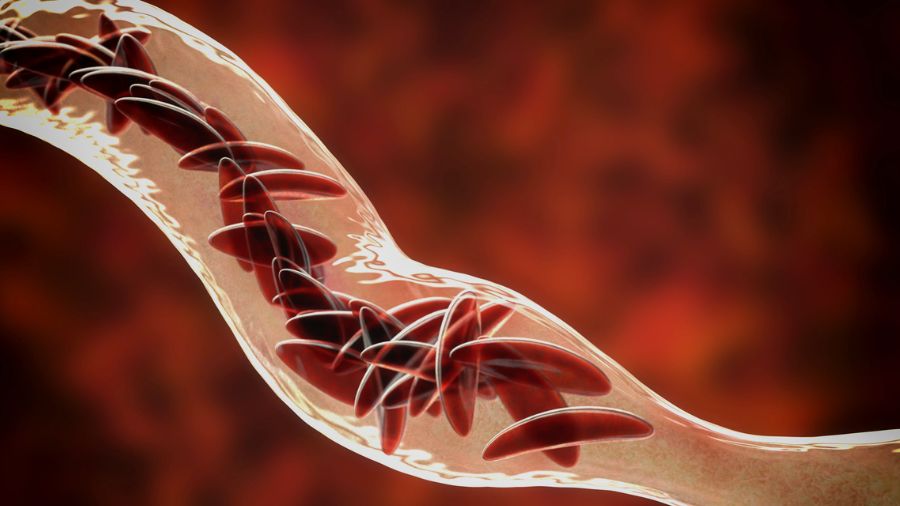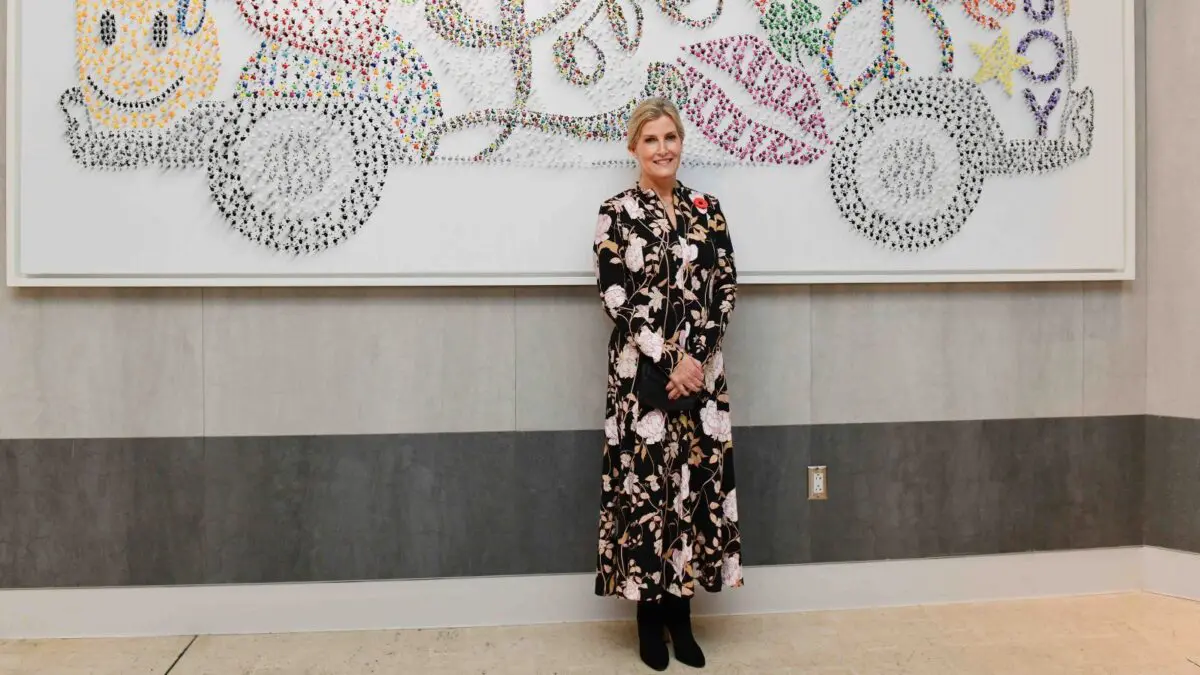Dr. Michael Seidman, Director of Autopsy at UHN, has performed hundreds of autopsies in his career. (Photo: UHN)
Ever wonder what goes on inside a medical autopsy suite?
Pathologists, pathologist assistants and various types of trainees perform approximately 75 autopsies each year at UHN.
Dr. Michael Seidman, Director of Autopsy, has performed many hundreds of autopsies in his 10-year career, including almost 100 at UHN’s Laboratory Medicine Program. He discusses this specialized surgical procedure and its benefits to families and the future of the health care system.
Q: Are autopsies similar to what we see on TV?
Not surprisingly, no. Real autopsies are much messier. TV tends to focus on forensic autopsy, which is the process by which accident, homicide, and suicide are investigated. What I do is a medical or hospital autopsy. These only focus on deaths due to natural causes. Some of the common diseases we investigate at UHN include cancer, dementia, various organ transplants and complications from surgeries of all different types.
Q: Can anyone order an autopsy?
Medical autopsy can only be ordered by a physician who took care of the deceased patient. Families can certainly ask the doctor to order one, and that is a common reason for an autopsy. There is no cost to the family or estate.
Q: What are you looking for when you perform an autopsy?
There are many reasons for autopsy. We usually know the cause of death, but we often don’t know the exact details of what happened when the person died, which we call the mechanism of death. There is also an aspect of quality assurance and learning to help inform future care decisions.
Q: Why are autopsies important for families?
One of the most rewarding parts of my job is providing closure for families. Unanswered questions can cause significant anxiety and answering some of those questions is part of patient care. It also gives families a chance to extend the deceased’s legacy beyond life by contributing to learning, teaching and research.
Q: What are some facts that would surprise people about autopsies?
- We typically remove all the organs in a single “block,” meaning we keep the organs that have related functions together and then separate them from each other outside of the body.
- We use a variety of different tools, including scalpels, table saws and something similar to large garden shears to open rib cages.
- A family can request an examination of a particular body part and not the whole body.
- In some cases, imaging (usually CT and MRI) is used to examine a body and/or the specimens removed during the autopsy to help us understand where everything is in the native state.
- In Ontario, a patient can pre-consent to their own autopsy, a rarity in other jurisdictions.
- Under Ontario law, the next of kin – who may not be a power of attorney, health care proxy, or estate executor — consents to an autopsy
Q: How did COVID-19 impact autopsies?
The COVID-19 pandemic led us to implementing additional safety measures in autopsy. We use manual bones shears instead of electric bone saws which cause splash and aerosol. We put as much tissue as possible into formalin (formaldehyde) before we dissect it to help kill germs. We don’t perform an exam of the gastrointestinal tract or brain unless absolutely necessary, as these also generate splash and aerosol.
Through these measures, we’ve contributed to national and international databases and literature regarding the findings in COVID-19 and vaccinated patients. We can now continue to study other diseases, such as in transplant or cancer patients, where COVID-19 was only part of the story.
Q: How long does an autopsy take?
The physical examination is done in a single day, with a typical case taking anywhere from two to five hours with a team of two to three people. The preliminary results of that process are available within a few days. After that, numerous technologists help process the material to the point where a pathologist can look at it under the microscope, which usually takes months to complete and includes writing a detailed report that answers all of the questions.
Q: What’s the most noteworthy thing you’ve seen in your autopsy career?
Patients frequently come to autopsy with things like ventricular assist devices (a motor to replace heart function), prosthetic heart valves, complex vessel replacements, and novel medication delivery devices. Canada sees a high rate of “first in man” situations, i.e., the first time a medical device is trialed in a living person. When those individuals die, we have a chance to understand how the body reacted to the devices. This brings unique opportunities and challenges, most notably figuring out what questions to ask and how to answer them. We often get the chance to work directly with the engineers that developed the devices, a particularly rewarding experience that pushes me outside of my comfort zone.
Q: What does “donating a body to science” mean?
One form is as a generalized request to contribute to science as a whole, typically indicated during the autopsy consent process. In these cases, Pathology will store a variety of small pieces of different tissues, typically in the form of small wax blocks, for researchers to use in future work.
We also sometimes have requests for a deceased patient to be part of a very particular research study, typically because the patient discussed this wish before their death. This pathway could result in whole organs, such as brain, lungs, or heart, being transferred to a research group for preservation and storage.
There can also be a request to contribute a body to anatomy teaching at a medical school. That request is handled by the medical school since the donation prevents the performance of an autopsy or making any material available for research. However, body donations are an important contribution to training the next generation of health professionals and medical researchers.


